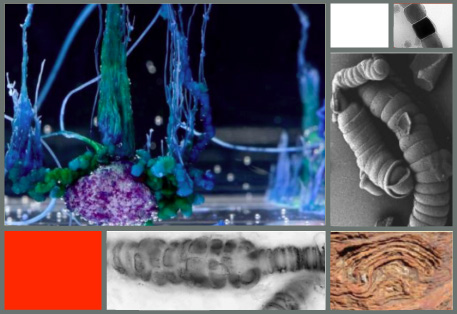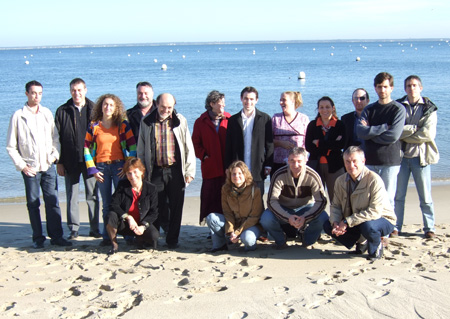| Muriel Gargaud
CNRS Research Director - Laboratoire d'Astrophysique de Bordeaux, UMR 5804, Université Bordeaux 1 |

Biosignatures and clues of life
The objective of this project was to try to answer the following questions: |
 |
During two workshops attented by fifteen people in Arcachon and Dourdan, we discussed the problems of definition, methodology, false positive, uniqueness of markers and knowledge of the context. We could then address issues related to: |
|
| - Research of the oldest traces of life on Earth: what morphological traces, molecular, isotopic or biochemical signs of life? How do we define the traces bioinduced or biocontrolled ? What are the unequivocally criteria (or signs) to distinguish inert (mineral or organic) from living (organic)? - The interpretation of the evidences in their context: how to search for optimal indices of life whatever the analysis supports (rock, grains, ...) - The search for signs of life elsewhere, or present or past on extraterrestrial bodies: should we analyze specimens or samples (representative)? How to reliably detect a biomass (viable, dormant or fossilized) or an evidence of life? How quickly remove any ambiguity about the origin of the observed body (biotic / abiotic contamination)? Sensitivity and resolution of the measurement chains. |
 |
These those workshops have resulted in the publication in 2009 of a special issue: "Traces of past or present life: biosignature ans potential life indicators", Palevol, Vol 8, n°7, p593-691 |
|